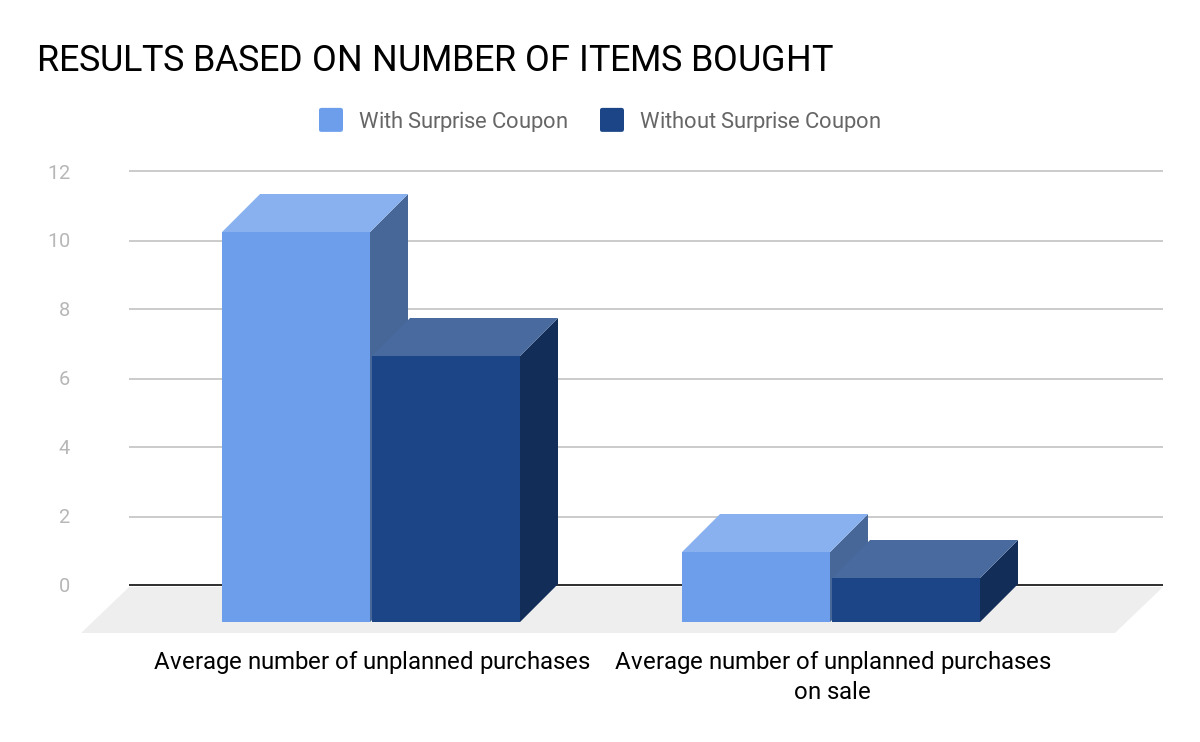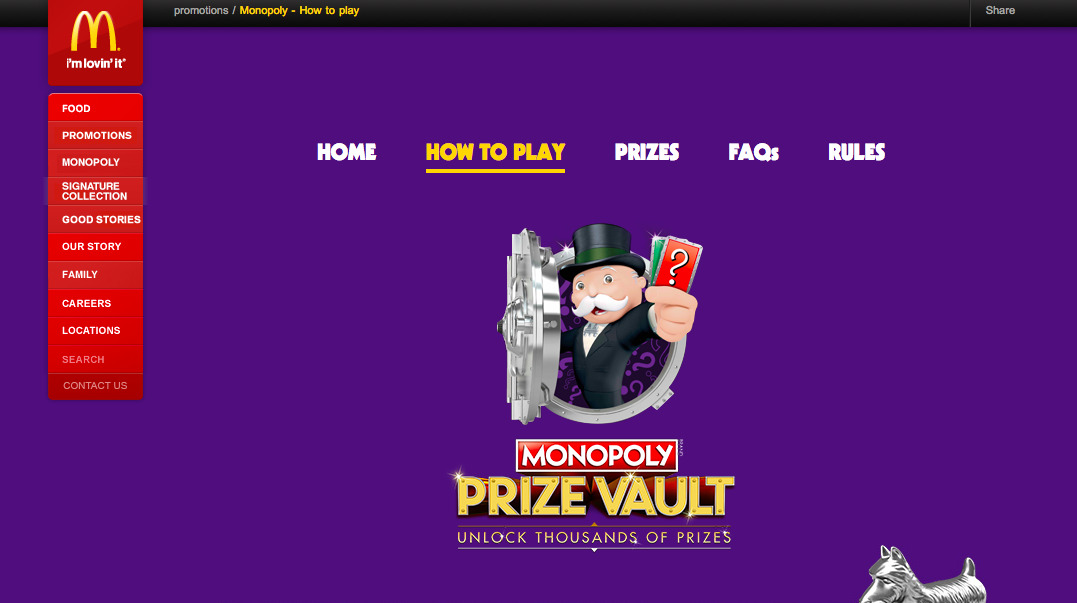
In this post, we will explore the psychology and 10 examples of promotion gamification for your digital marketing strategy.
You will learn:
There’s a lot to uncover here, so let’s spin this wheel.
Gamification is defined as “the process of using game mechanics and game thinking in non-gaming contexts to engage users and solve problems.”
Marketing techniques based on gamification seek to take advantage of people’s natural drives for competition, socialization and fun. There are a number of possible uses of promotion gamification in your marketing strategy with the most common being the use of rewards for customers who perform certain tasks.
Marketing gamification strategies operate on several levels:
Since the very beginnings of gamification a decade ago, it has grown into a great business area with a constantly increasing market value. Real examples of gamified online promotions are all around including promotion strategies from the biggest e-commerce giants.
What makes gamified promotions work so well? Let’s find out.
If we start to dig deeper, you’ll see that gamification is, in fact, a combination of well-known marketing tactics like the Novelty Effect, Sense of Urgency and finally, Windfall Gains.
Researchers claim that only entirely novel ideas stimulate the structures of the brain responsible for new, unique experiences. Specific brain reactions explain why we feel so good about new things. For marketers, the novelty effect creates a need to constantly provide customers with new creatives to keep their interest.

Gamified promotions (at least those done in the right way) are a rare and unexpected experience for users visiting an online store. The first surprise is the game itself, and later, by using multi-level game structure revealing new creatives all the time, brands can keep customers' engagement in the long run.
How can you use it in your marketing strategy?
Windfall Gains are benefits which are not 100% expected by the customer. Journal of Marketing Research published a study exploring the impact of Windfall Gains on the propensity to buy. Researchers offered surprise coupons to customers shopping in one of the Stanford stores and tested how they affected buying decisions. The results showed that offering the unexpected incentive to visitors significantly increases the number of unplanned purchases, also driving up the average spend value and basket size.


The efficiency of Windfall Gains suggests that value of a discount is subjective and dependent on the kind of experience it invokes. You can compare it to eating a meal in a restaurant; the experience is shaped not only by the taste but also by the way the meal is served. This phenomenon results in better conversion amongst customers who “won” prizes during the game when compared to offering the open discount to every visitor who signs up.
Gamification enables marketers to offer Windfall Gains to customers as many times as they interact or get to the required stage of the game. Thanks to unexpected savings at their fingertips, customers are more likely to get into a spending mood and utilize the reward.
How can you use it in your marketing strategy?
One of the most frequent phenomena associated with shopping behavior is a desire to avoid anticipated regrets. It is already proven that consumers find deals much more attractive when incentives are limited in time or available amount.

In the picture, you can see two variants of the same online promotion. Adding a simple banner with a promotion time limit enabled the store to increase conversion to 300% when compared to the variant with no banner.
Similarly, you can see a sense of urgency in the McDonald’s monopoly game which despite years since first launching, still drives up new acquisitions and sales. From the very beginning, the game has been limited to short time periods waking up enthusiastic reactions amongst customers each time it starts again.
How can you use it in your marketing strategy?
As any new marketing tactic, gamification should be conducted in the spirit of your brand and your unique processes. Here are some tips on how to make this process as simple as possible:
Starbucks uses gamification to boost sales and deepen customer loyalty. After signing up to the app, active Starbucks clients earn Stars which are later exchanged for free products and discounts. Available rewards depend on a customer’s “level” reflecting their tier of user loyalty.
McDonald’s used the classic game of Monopoly to maximize customer engagement and again, boost sales. Users play to collect “pieces” with unique codes for McDonald’s products. In 2010 alone, this game increased McDonald’s sales by nearly 6% (USA).

To celebrate its 125th anniversary, Michelin decided to launch a gamified challenge – a scavenger hunt for 2 000 plump Michelin Man tire gauges. After finding one, a customer should share the picture of the discovery with hashtag #MichelinQuest. The top 10 photos will win Michelin tires worth up to 1 000$, whereas the most-liked image “will win a trip to an exclusive Michelin-starred restaurant event or a trip to the Formula E electric race car series in Miami or Los Angeles.”
Similarly to Michelin, Virgin has also launched its scavenger hunt to celebrate the release of the Virgin Red mobile app. The point of the hunt is to look for hidden codes that are worth a secret number of points which can be used to unlock vaults with incentives and rewards.
Engaging the audience to actually go outside and spend time on pursuing hidden company mascots or codes is a great test for brand advocacy and an outstanding example of taking geolocation promotion to the next level of fun. Due to the COVID-19 outbreak, launching such an incentive would be irresponsible and most importantly, illegal – what you can do instead is to hide codes on your website or other channels instead of placing them in the real-world.
Meow Cosmetics is an online mineral cosmetics e-shop. The company came up with a gamified promotion inspired by the Easter holidays. Meow Cosmetics applied the psychology behind Windfall Gains into their gamified marketing strategy – customers can look for hidden eggs on the company website and find at many as 13 coupon codes that offer both monetary and percentage discounts. This is how the brand advertises its incentive: “What great timing for the Easter Bunny to come and leave us some eggs to hunt for! It’s a trying time for us all and The Bunny wants to spread some joy! So stay at home, lounge around like a cat, enjoy the hunt, and stay safe!”
The airlines and tourism industry has been the one that got the biggest hit from the COVID-19 outbreak. Yet, their marketing departments are working day and night to adjust to the new reality. S7 airlines have come up with an original idea for a gamified loyalty program. Customers need to click on the “I’m home” button and share their geolocation on the S7 website. If the location stays the same throughout some time, customers will receive 100 miles that can be spent up until the end of 2021 on tickets. The miles can be used to purchase their services and also to climb up to the next tier of their loyalty program to unlock new rewards.
Local businesses always have had it harder than commerce molochs, a fact brutally exposed by the raging pandemic. That’s why the Colu platform with Tel Aviv Foundation launched a gamified program to help local businesses fight against losses brought about by COVID-19 and harsh social distancing measures. “The campaign features a digital punch card; when the card is used four times at local businesses for a transaction of at least NIS 20 (~US $6) each, residents are granted a one-time reward of 35 Tel Aviv coins (~US $10).” The formula of a challenge and getting a financial reward for making purchases that you need to do anyway is a great way to help local entrepreneurs and keep the audience engaged.

Zenly is a Snapchat app used for sharing location and what you’re up to with friends and family. Amid COVID-19 pandemic, the app introduced leaderboards which reveal which of your friends and family members spend most time at home, following social distancing recommendations. By gamifying the experience of social isolation, Zenly provides a way to feel less alone and acts a void filler for people who may feel off colour due to isolation and general unrest.
Coop, a Swiss chain of supermarkets, has recently launched a memory game which challenged customers to find matching cards in the least time possible. The rewards were either a minute of free shipping or gift cards. The incentive was aimed at bringing more traffic to the online store.
Coca cola requires no introduction and their marketing efforts have been analysed plenty of times already. One example of a gamified marketing strategy was an app released for the Chinese and Singaporean markets – a mobile drag-and-shoot game which goal was to throw ice cubes into Coca Cola bottles. Those who succeed would be rewarded with discounts or loyalty points. If launching your own mobile app seems excessive, you can always release a web version of the game to connect with your audience, especially its younger part.
Gamified promotions when done in the right way, are a powerful source of new customers, long-time engagement, and conversion growth. The question is, how can you know if you’re running the right gamified promotion? Because gamification is a complex experience shaped by many factors, it is extremely important to track every interaction between your customers and a promotion.
Only with comprehensive real-time tracking can you capture reliable feedback from your audience and schedule respective improvements. Modern e-commerce comes with many tracking features such as unique codes used as rewards and tracking tools used by McDonald’s monopoly. Their example proves that tracking gamified promotions can be nice and easy without the need for extra effort or software built into a game.
.svg)